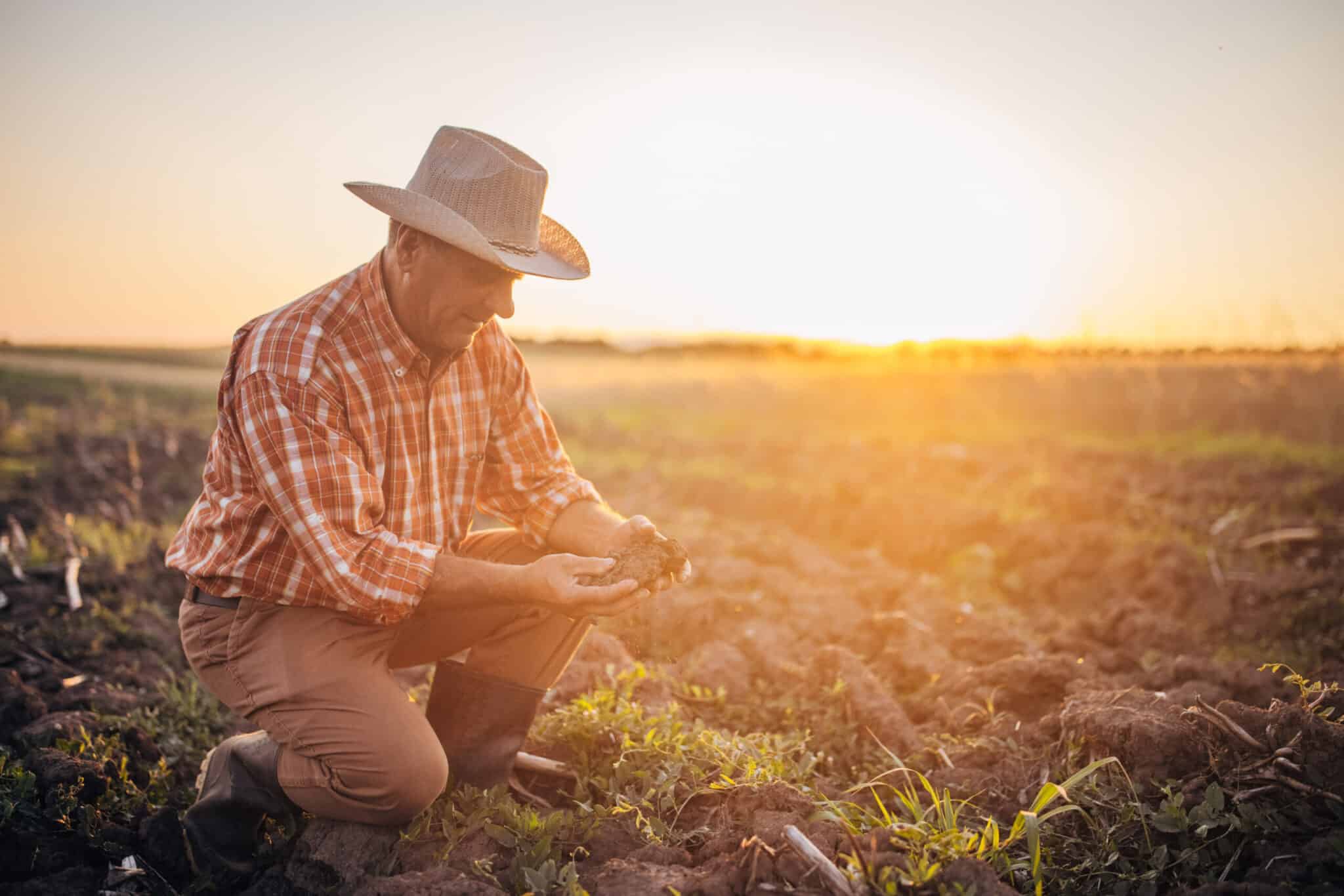Over the past few weeks, farmers have faced inflation, drought and more. It is necessary for not only farmers, but also seed experts, to be aware of challenges across the world that will inevitably impact the crop and to gear themselves with knowledge to help along the way.
Here are the agricultural highlights for the months of July and August 2022.
Crop Production
Corn production has fallen 5% since 2021, forecast at 14.4 billion bushels, according to the USDA’s August Crop Production report. California, Iowa, Washington and Wisconsin are projected to reach record-high corn yields this season.
Soybean growers can expect a 2% increase this year, producing 4.53 billion bushels. Soybean harvest is predicted to increase to 87.2 million acres, with an estimated 88 million acres for the nation, increasing 1% this year. Arkansas, Illinois, Indiana, Maryland, Mississippi, Ohio and Virginia are expected to hit record-high soybean yields.
Wheat production is predicted to reach 1.78 billion bushels, increasing 8% from 2021. Based on Aug. 1 conditions, wheat yield is up 3.2 bushels from 2021 and is projected to hit 47.4 bushels per acre.
Commodity Prices
The Food and Agriculture Organization of the United Nations (FAO)’s Food Price Index showed a significant decline in the benchmark for global food commodity prices in July.
The Index averaged 140.9 points last month, showing an 8.6% decrease from June’s average. July is the fourth consecutive month to exhibit a decrease since all-time highs were hit in early 2022. While a decrease over the past few months is present, July 2022’s record remains 13.2% higher than the recorded average from July 2021.
“The decline in food commodity prices from very high levels is welcome, especially when seen from a food access viewpoint; however, many uncertainties remain, including high fertilizer prices that can impact future production prospects and farmers’ livelihoods, a bleak global economic outlook, and currency movements, all of which pose serious strains for global food security,” said Maximo Torero, chief economist at FAO in a release.
Global supplies might tell a different tale.
Tight global supplies caused record prices for wheat and cotton, with corn and soybeans hitting near-record prices, according to the Food and Agricultural Policy Research Institute (FAPRI)’s August report. During the 2022/23 market year, the price of wheat is predicted to surpass $9 per bushel, corn prices will hit $6 per bushel, the price of soybeans is $14 per bushel and cotton averages 96 cents per pound.
Farm inputs such as fertilizer and fuel prices continue to rise. In 2022, variable corn production expenses grew by nearly $164 per acre. Experts believe input costs will moderate over the next few years, yet prices will remain well over the 2021 level.
These record prices are partly due to supply chain issues that are now seeing an excess of inputs and a demand that does not match.
“From an economic perspective, we would say that there’s a misalignment — we have too many of some inputs and not enough demand, and too much of other inputs,” says Michelle Klieger, owner of Stratagerm Consulting.
Despite a rocky path over the past year and an uncertain future, businesses and consumers are becoming accustomed to these supply chain disruptions.
“We are all starting to change our behavior and build in that slack and keep some inventory,” adds Klieger. “All of that is the result of resiliency. It can be expensive, but it will smooth out some of the bumps in 2023.”
Farmer Sentiment
Farmer sentiment rose 14 points from July to August, reaching a reading of 117, according to the Purdue/CME Group Ag Economy Barometer. The increase in the Index of Current Conditions and the Index of Future Expectations brought upon this improvement.
Farmers were less worried about financial situations on the farm than in July, yet they remain troubled by the potential cost/price squeeze. More than half of respondents selected higher input costs as their biggest concerns for the upcoming year. Other top concerns included increasing interest rates, the availability of inputs and lower output prices.
While August’s improved sentiment is a move in the right direction, all three indices still fall well below levels from 2021.
Drought and Water Conservation
Drought conditions have added another layer of stress to farms, ranches and local economies. More than 60% of the American West, Southwest and Central Plains have been categorized as D3 (severe) drought or higher, according to the American Farm Bureau Federation‘s third round of surveys to evaluate the continued impact of droughts.
Out of the 652 responses from 15 states, 74% of respondents rated a decrease in harvest yields because of drought as prevalent or higher, which was only a 2% increase from last year’s survey. The number of respondents who measured their intention to alternate planned crops for this growing season because of drought increased 37% to 42%.
Across the regions surveyed, respondents predicted the average crop yield will fall 38% due to drought conditions. The biggest drop is expected in Texas where yields are reported 68% down.
“Many of the fields near us are now fallow. Cropland is being converted to housing developments at an alarming rate. Over 10,000 new homes are expected within a 10-mile radius of my house, most within a 5-mile radius, all on cropland or former dairies. It is frustrating and alarming. Where will the food come from if we grow houses instead of food?” said an Arizona farmer who participated in the survey.
With major drought and scarce water, wildfires are another natural occurrence that farmers must keep on their radar.
Rising temperatures and drought have made it apparent that climate change is only increasing the frequency and intensity of these wildfires. Winter snows are melting earlier, with rain falling later in the fall. In recent years, fires have burned outside of the normal fire season in California, Arizona, New Mexico, Tennessee and New Jersey, according to the USDA.
Experts predict these fires will only continue to worsen, making the need for reseeding and native seed companies that much stronger.
“Fire seasons are getting longer. They’re getting more destructive. They’re getting more intense. Extended fire seasons dry out vegetation out at times of the year that are not ideal, setting the stage for large, massive wildfires. Add in increased fuels from annual weeds, like cheatgrass, and that’s a huge problem,” says Damon Winter, general manager of L&H Seeds, in an interview with Seed World. “Quality native plant materials in the form of seeds are an absolute necessity to disrupt weed establishment and return these wildfire cycles toward a more normal frequency.”
Upcoming Census of Agriculture
Various factors have impacted farmers throughout this year, making the upcoming 2022 Census of Agriculture crucial. The invitation to respond online will go live in November, with paper questionnaires going out in December.
“Census of Agriculture data are widely used by federal and local governments, agribusinesses, trade associations, extension educators and many others to inform decisions about policy and farm programs and services that aid producers and rural communities,” said Hubert Hamer, National Agricultural Statistics Service (NASS) administrator, in a release. “By responding to the Census of Agriculture, by being represented in these important data, producers are literally helping to shape their futures.”
The Census of Agriculture highlights “land use and ownership, producer characteristics, production practices, income and expenditures” and more and is conducted every five years.
Read the farmer highlights from May and June here.
Read More:
Global Food Commodity Prices Decline in July, Yet Levels Remain High











